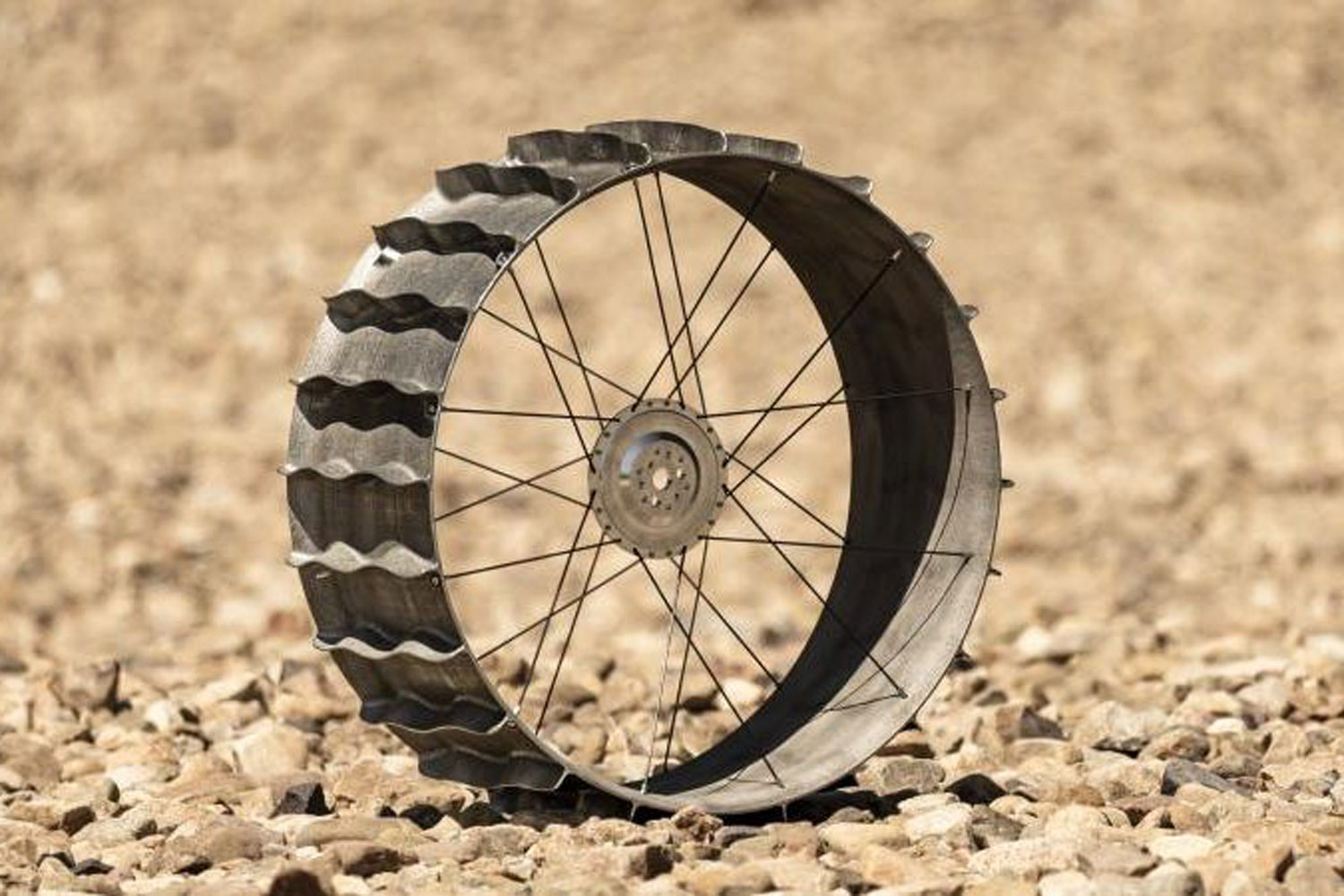A wheel reaching the one used in NASA’s robotic lunar rover has been 3D printed by researchers from the Oak Ridge National Laboratory (ORNL) and NASA. This demonstrates the potential of 3D printing technology in producing specialized components that are crucial for space exploration.
NASA has created a 3D-printed wheel that is based on the design used in the Volatiles Investigating Polar Exploration Rover (VIPER). The VIPER robot is planned to be deployed in 2024 and its mission will involve mapping ice and other resources at the moon’s south pole. By studying the moon’s water, scientists will gain a better understanding of its origin, distribution, and potential for supporting human habitation.
“This dramatically increases the production rate with the same amount of laser power,” said Peter Wang, who leads MDF development of new laser powder bed fusion systems, adding that deposition occurs 50% faster. “We’re only scratching the surface of what the system can do. I really think this is going to be the future of laser powder bed printing, especially at large scale and in mass production.”
An 8-inch wide and 20-inch diameter prototype wheel was created using a nickel-based alloy. This is larger than most parts manufactured using metal powder systems.
“A lot of these wheel features were put in just to highlight what you can do with additive manufacturing,” said Richard Hagen, a mechanical design engineer for NASA and additive manufacturing lab manager at NASA’s Johnson Space Center, in Houston. “It lets you easily implement design features that are hard to implement with traditional tooling or even a traditionally machined part.”
“Additive manufacturing offers the flexibility that if you have the feedstock, you could make any replacement part you need, whether in space or on Earth,” said Brian Gibson, the researcher who led the rover wheel project for ORNL.
References 1



















Leave a comment